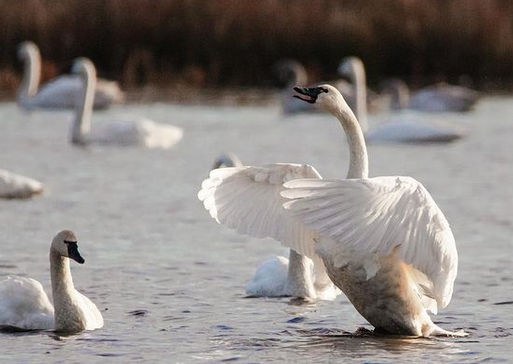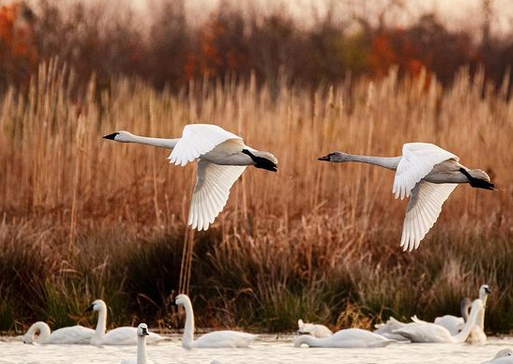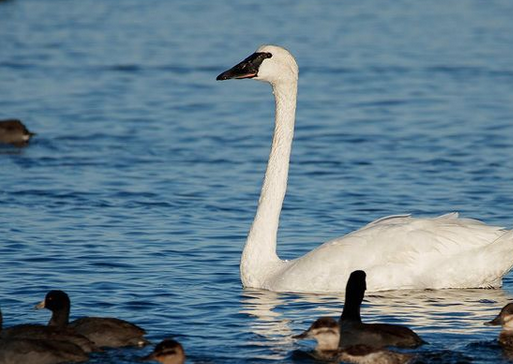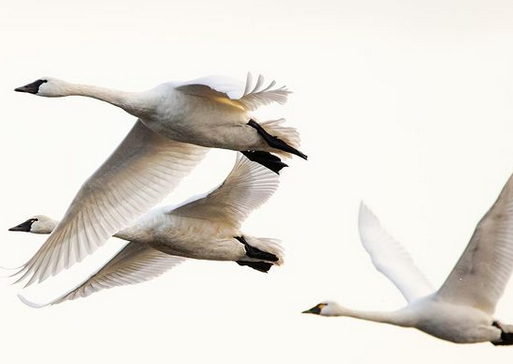Check out this sweet Ruby crowned Kinglet!
She was my trail companion on a recent birding trip to the Pungo Unit in eastern NC.
It was really neat to get a look at her up close as she followed me closely, fluttering from the bushes that lined the path.

These tiny birds have personalities that are similar to Chickadees in that they are both energetic and curious about people.
Although if experienced this type of behavior before with Kinglets, I’ve never had one follow me for more than a minute or two.
This one was different.
Over a period of 10 minutes, whenever I’d stop to try and photograph another bird in the distance, she would “stop” too (at least by Kinglet standards which means that she was sticking close by the entire time all while flying up and down the branches of wherever the nearest shrub was located along the way).
This flurry of activity comes at no surprise as these tiny birds are constantly on the move. A fellow bird loving friend Mike Kopack @mpkopack once described them as feathered ping-pong balls which I believe fits them nicely lol!
Happily, this Kinglet paused just long enough for me to grab a quick portrait which was pretty cool.

The Ruby crowned Kinglet requires a relatively large amount of food (for its size) to fuel their energy needs.
In fact, they need to consume around 10 calories a day to keep moving. While this may not sound like very much, this may be a more difficult requirement to meet during the wintertime for a bird that mainly eats small insects, spiders and insect eggs.
So, when the opportunities for six & eight legged meals become scarce, Ruby crowned Kinglets will also forage for berries and seeds in the winter. They may even be spotted dining at your suet feeders during the coldest months.
They will stick around the Tarheel State until late April along our coastal counties and until early May throughout the rest of North Carolina before migrating to their breeding grounds in the Rockies, Alaska and Canada.
Enjoy them while you can!
Photos by @sally_siko of @birdwatching_nc on the fabulous full frame @canonusa
#5Ds










